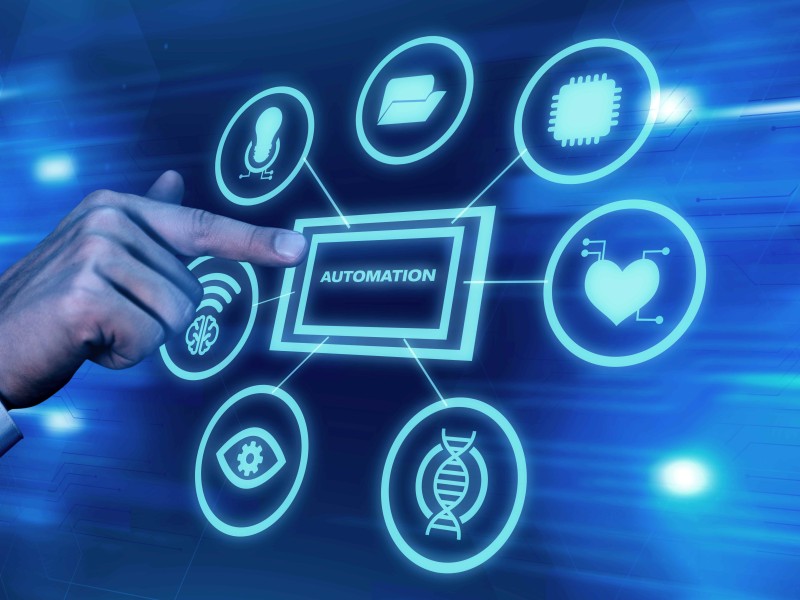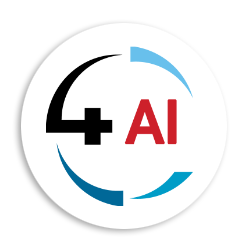Blog - Business Environment
The Transformative Power of Artificial Intelligence and Machine Learning in the Age of IoT

AI, ML, and IoT - The Power Trio
In a highly connected world, the integration of Artificial Intelligence (AI) and Machine Learning (ML) with the Internet of Things (IoT) is transforming businesses and everyday life. This connectivity is paving the way for smarter and more efficient systems that can make data-driven decisions faster than humans.
What is AI, ML, and IoT?
The Internet of Things (IoT) refers to a network of interconnected sensors, hardware devices, and software systems that communicate and exchange data. Typically, IoT encompasses a range of sensors equipped with WiFi or Bluetooth connectivity, enabling them to transmit environmental information to other devices and systems. As of 2024, there are more than 15.14 billion active IoT devices in the world, with projections estimating over 75 billion by 2025.
Artificial Intelligence (AI) is a broad field focused on creating systems capable of performing tasks that typically require human intelligence, such as reasoning, learning, problem-solving, understanding natural language, perception, and decision-making. AI encompasses various subfields, including robotics, natural language processing, and computer vision.
Machine Learning (ML) is a subset of AI that involves developing algorithms and statistical models that enable computers to learn from and make predictions or decisions based on data. Unlike traditional programming, where explicit instructions are provided, ML systems improve their performance over time by identifying patterns and insights from large datasets. Techniques include supervised learning, unsupervised learning, and reinforcement learning. Deep learning, a further subset of ML, involves neural networks with many layers (hence "deep") that can model complex relationships within large datasets, excelling in tasks such as image and speech recognition.
In summary, AI is the overarching concept of creating intelligent machines, while ML is a specific approach within AI that focuses on the ability of machines to learn from data.

The Synergy of AI and IoT
As Maciej Kranz, Vice President of Corporate Strategic Innovation at Cisco, states, “Without AI-powered analytics, IoT devices and the data they produce throughout the network would have limited value. Similarly, AI systems would struggle to be relevant in business settings without the IoT-generated data pouring in.” This highlights the inevitable combination of IoT and AI to create smarter, more efficient systems that make powerful, data-driven decisions faster than humans.
Applications of AI and ML in IoT
One prominent application is predictive maintenance in industrial IoT. By using ML algorithms to analyse data from machinery sensors, companies can predict equipment failures before they occur, reducing downtime and maintenance costs. Similarly, AI-driven analytics in smart cities optimise traffic flow, reduce energy consumption, and enhance public safety by processing data from connected infrastructure such as traffic lights, surveillance cameras, and environmental sensors.
In smart homes, AI and ML personalise user experiences by learning from residents' behaviours and preferences. Smart thermostats adjust temperatures based on usage patterns, while intelligent lighting systems modify brightness and color to suit different times of day or activities. Voice-activated assistants, powered by natural language processing, integrate seamlessly with IoT devices to control home environments through simple voice commands.
Additionally, AI and ML enhance IoT security by detecting anomalies and potential threats in real time. AI-based systems continuously monitor network traffic, identify unusual patterns, and respond to security incidents swiftly, providing robust defense against cyber threats.
Real-world Examples of AI and ML in IoT
- Predictive Maintenance in Manufacturing
IoT sensors collect data on machinery, and ML algorithms analyse this data to predict failures before they occur, enabling timely maintenance and reducing downtime. AI and IoT have also revolutionised industrial inspections by using drones integrated with AI to scan for defects, making the process more cost-effective and accurate.
- Smart Cities
Barcelona has optimised transportation with smart sensors, providing real-time updates on bus routes and parking spaces. Smart street lights with sensors detect pedestrian absence and dim accordingly, saving 30% on energy costs and over $37 million annually. These sensors also collect air quality data, helping address environmental issues and improving residents' quality of life.
- Agricultural IoT (AgriTech)
AI vision systems aid in livestock farming, crop monitoring, and yield estimations. By analysing images and videos, these systems provide accurate monitoring of animal behaviour, health, and crop growth stages. This technology enhances farm management, optimises production efficiency, and addresses global food security challenges.
Challenges of Using AI and ML in IoT
- Data Quality and Management
AI and ML algorithms rely heavily on high-quality data for accurate predictions and decisions. IoT often produces inconsistent or incomplete data. Ensuring data quality involves rigorous preprocessing, cleaning, and validation, which can be resource intensive. Furthermore, managing and storing the vast amounts of data generated by IoT devices requires scalable infrastructure and efficient data management practices.
- Computational and Resource Constraints
Many IoT devices have limited processing power, memory, and battery life, so running complex AI and ML algorithms on these resource-constrained devices can be difficult. Solutions often involve edge computing, where data is processed locally on the device or nearby, but this requires efficient, lightweight algorithms and optimised hardware.
- Interoperability and Standardisation
The IoT ecosystem consists of a wide variety of devices, platforms, and communication protocols. Ensuring seamless integration and interoperability between different IoT devices and systems is challenging due to the lack of standardisation.
- Latency and Real-Time Processing
Many IoT applications, such as industrial automation, require real-time data processing and decision-making. Achieving low-latency and real-time processing with AI and ML can be difficult, particularly when data needs to be transmitted to the cloud for analysis. Edge AI, where processing is done closer to the data source, can mitigate some latency issues but introduces additional complexity in model deployment and management.
The Future is Bright
As a digital transformation company, four Sight specialises in addressing the unique challenges associated with integrating AI and ML into IoT devices and their systems. Our understanding of this complex landscape has allowed us to strategically align ourselves with industry-leading partners and skilled technicians to assist you in setting up the intricate systems and landscapes needed for this innovative undertaking. Whether you’re embarking on a new project or enhancing an existing one, our expertise can guide you through the successful integration of these cutting-edge technologies.
Interested in learning more about integrating AI and ML with IoT and how it can benefit your business? Contact our IoT team at This email address is being protected from spambots. You need JavaScript enabled to view it.
We look forward to hearing from you and helping you achieve your business goals.

